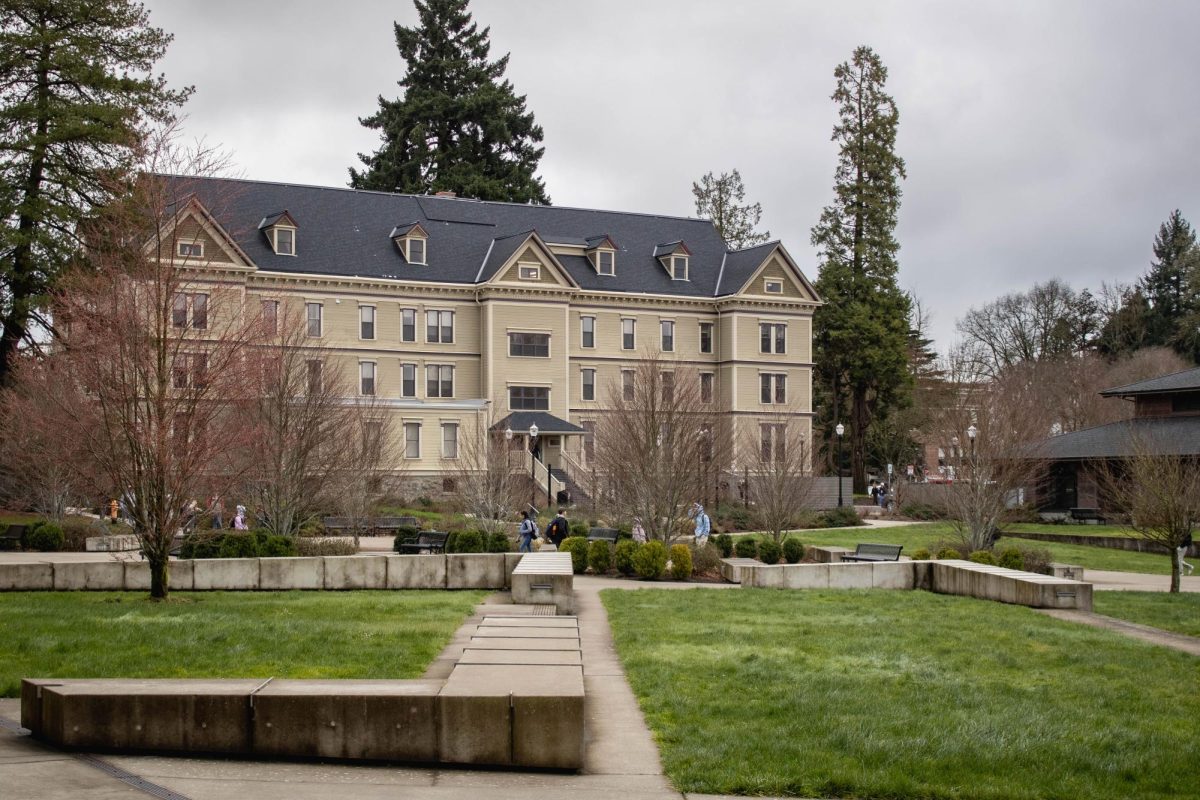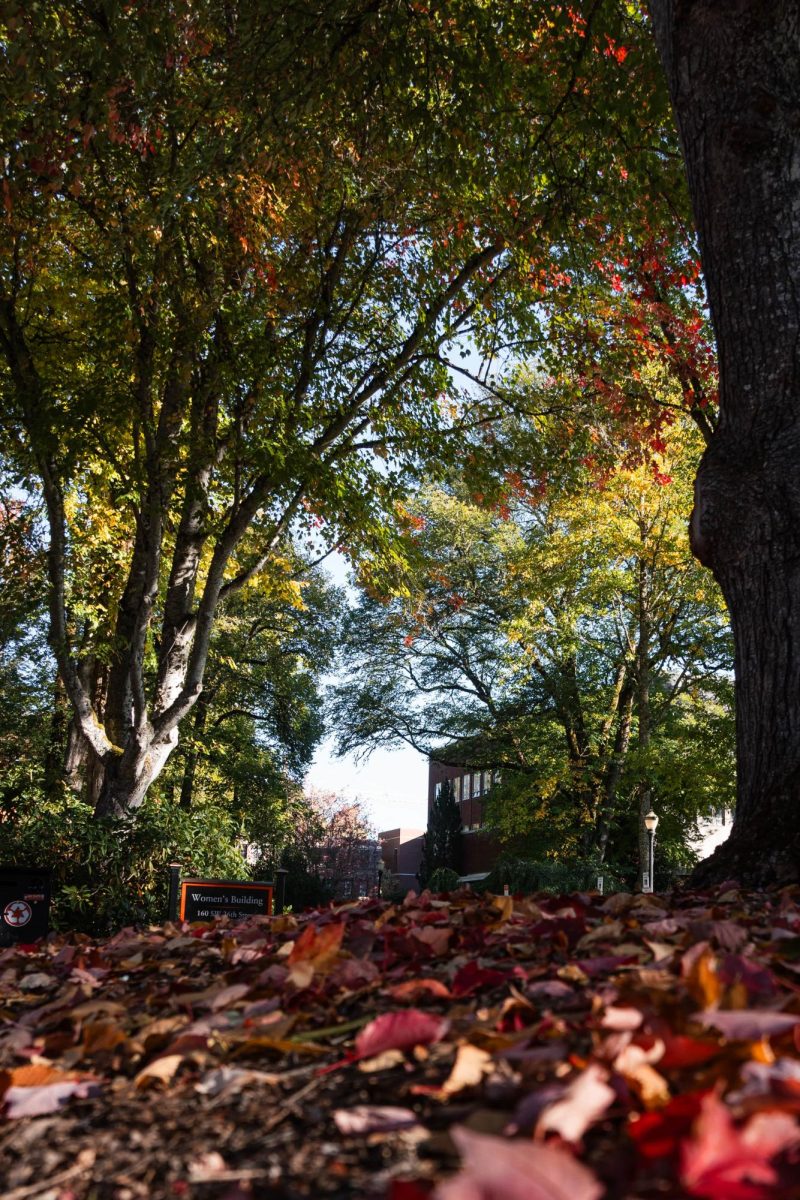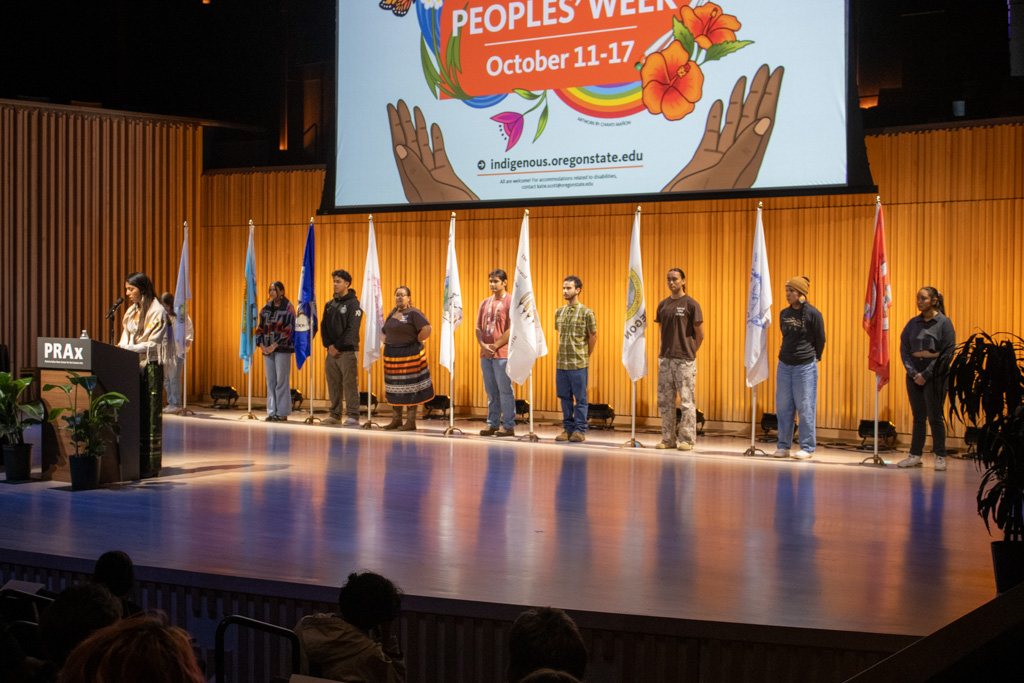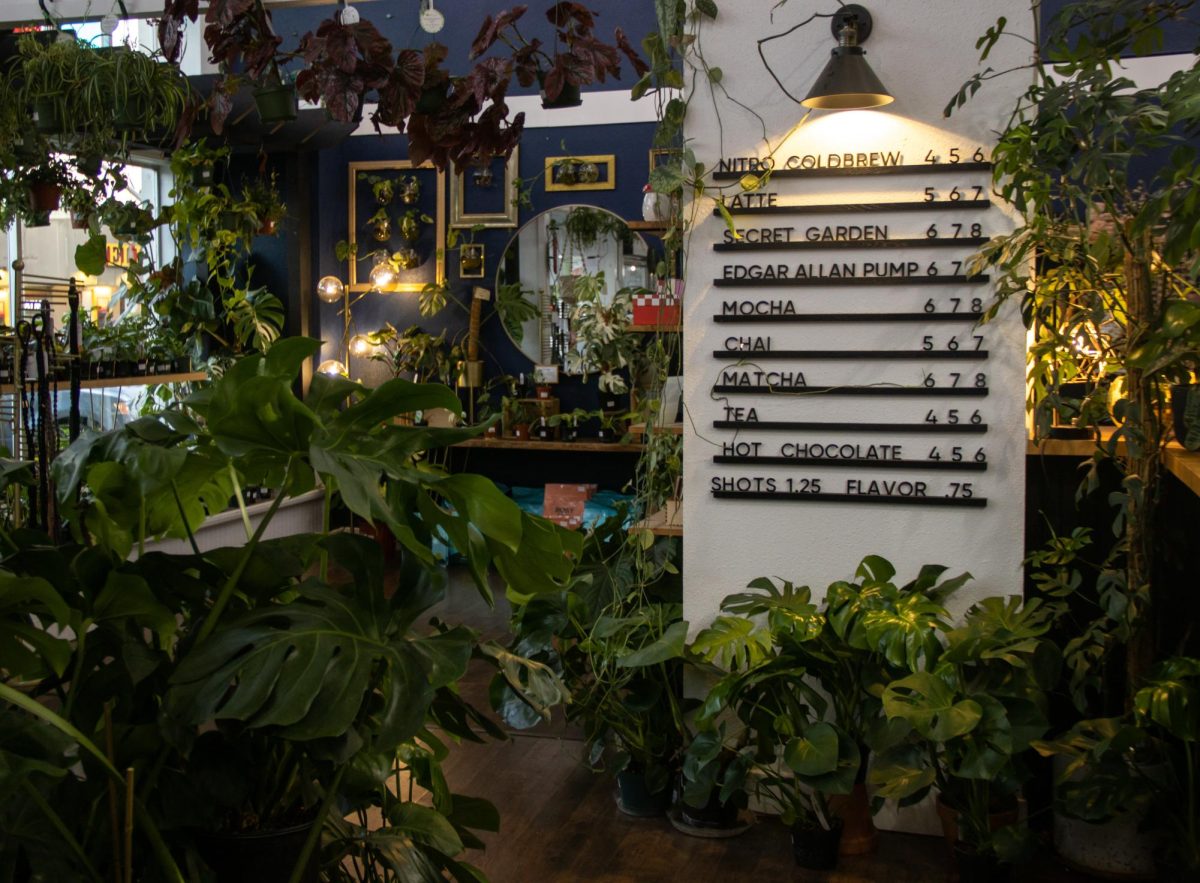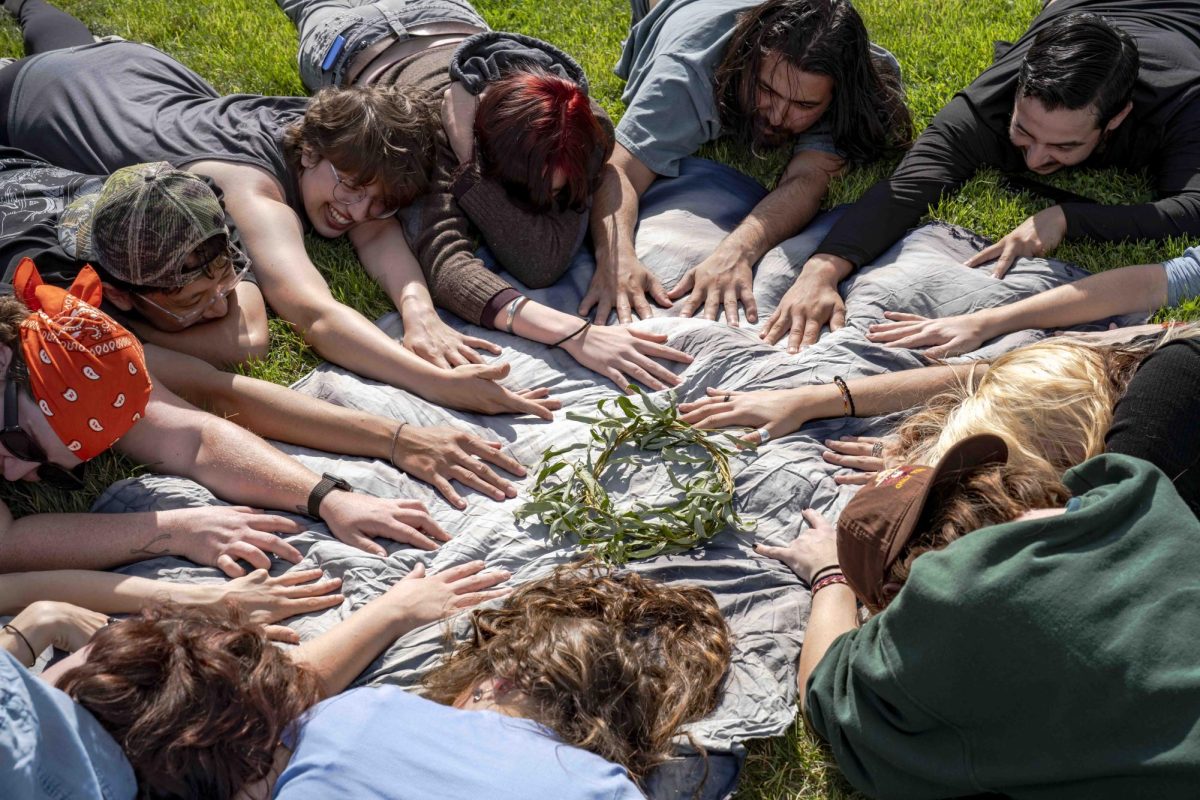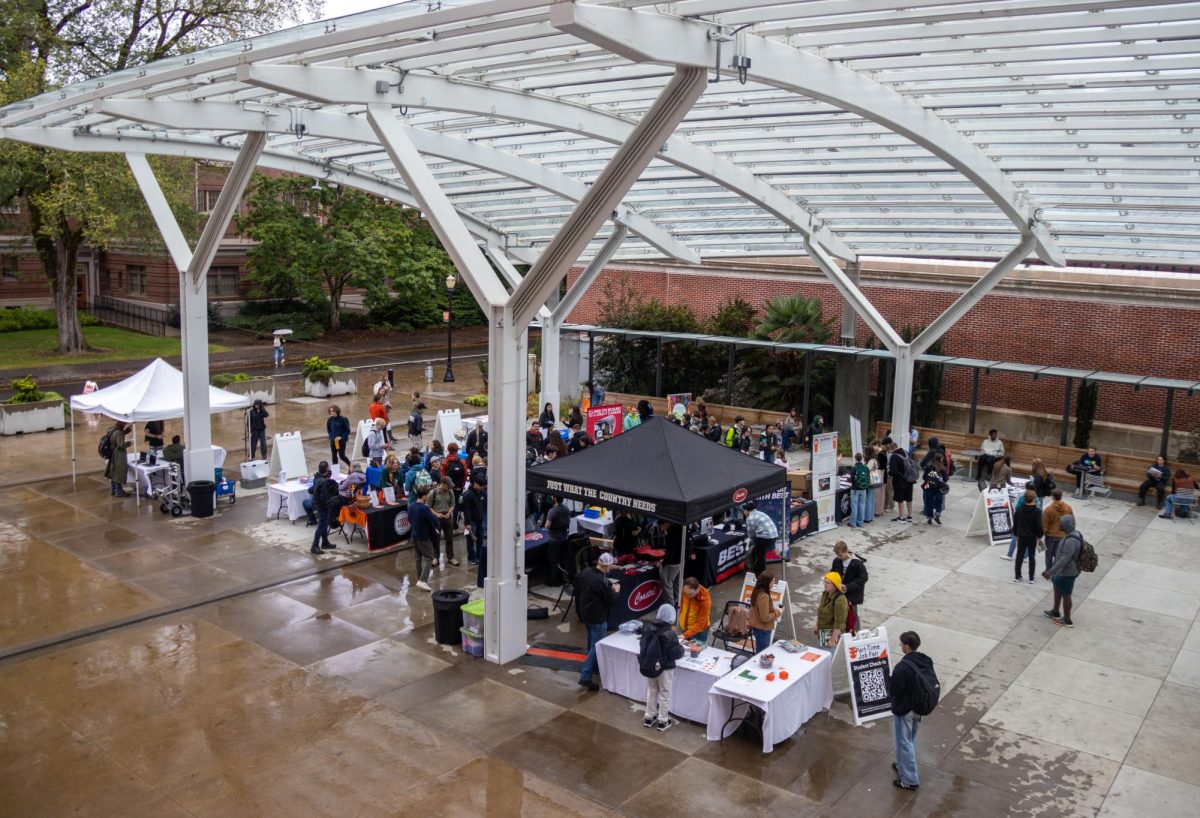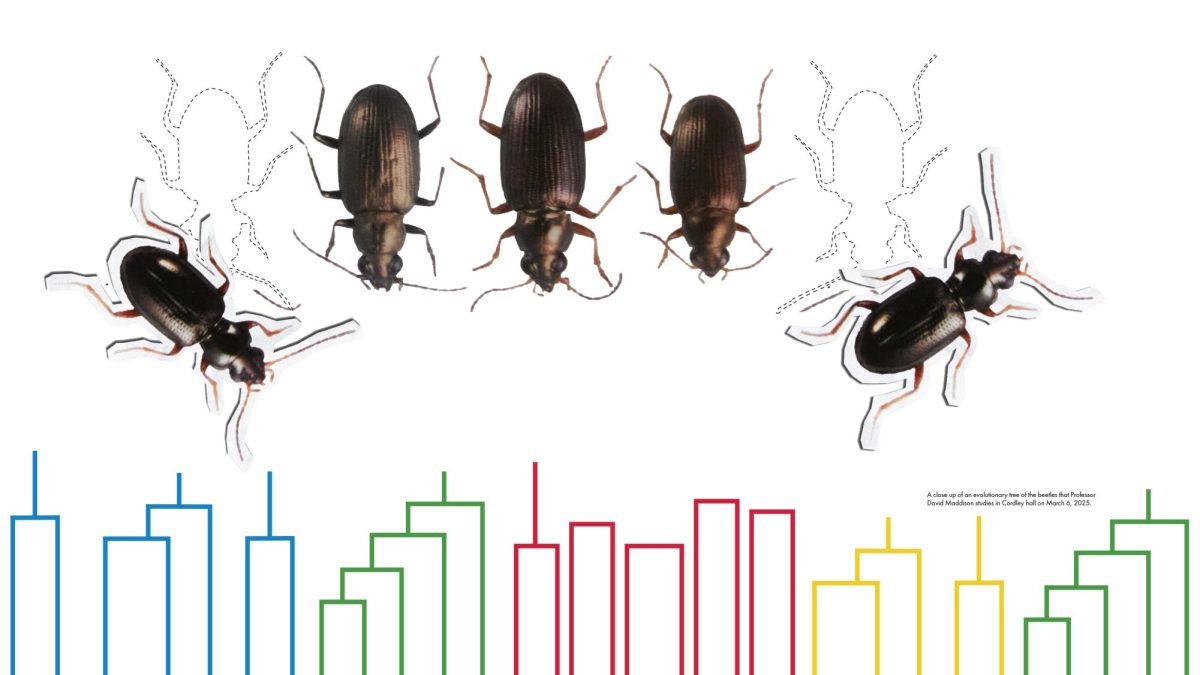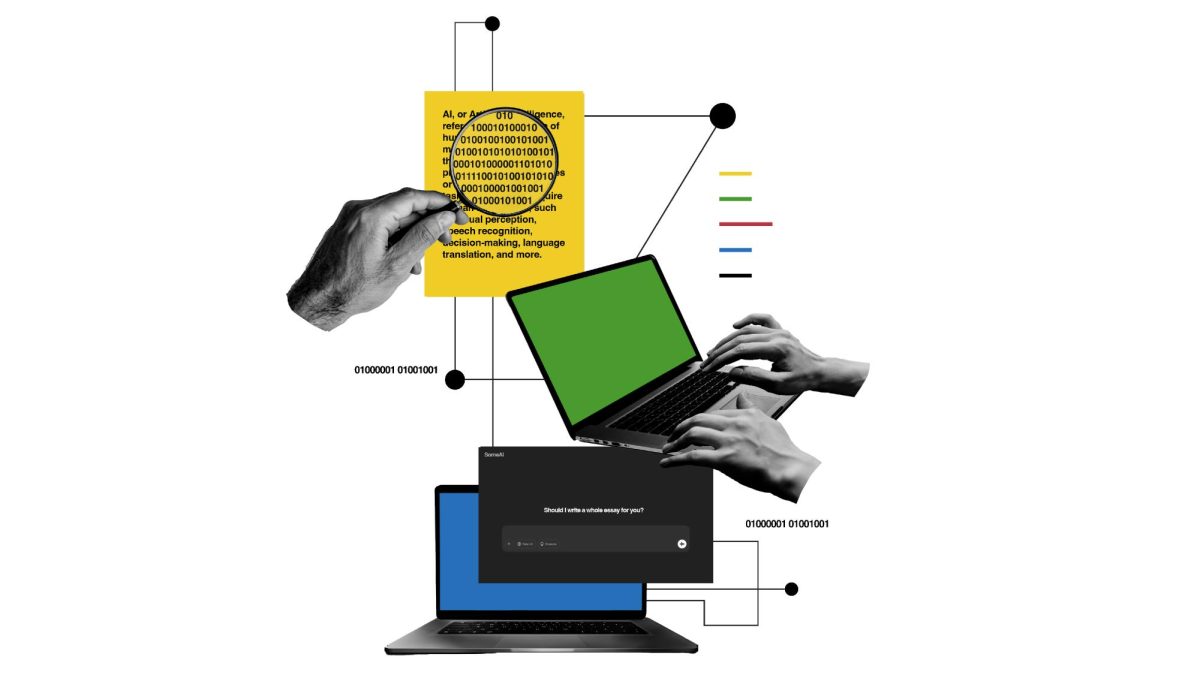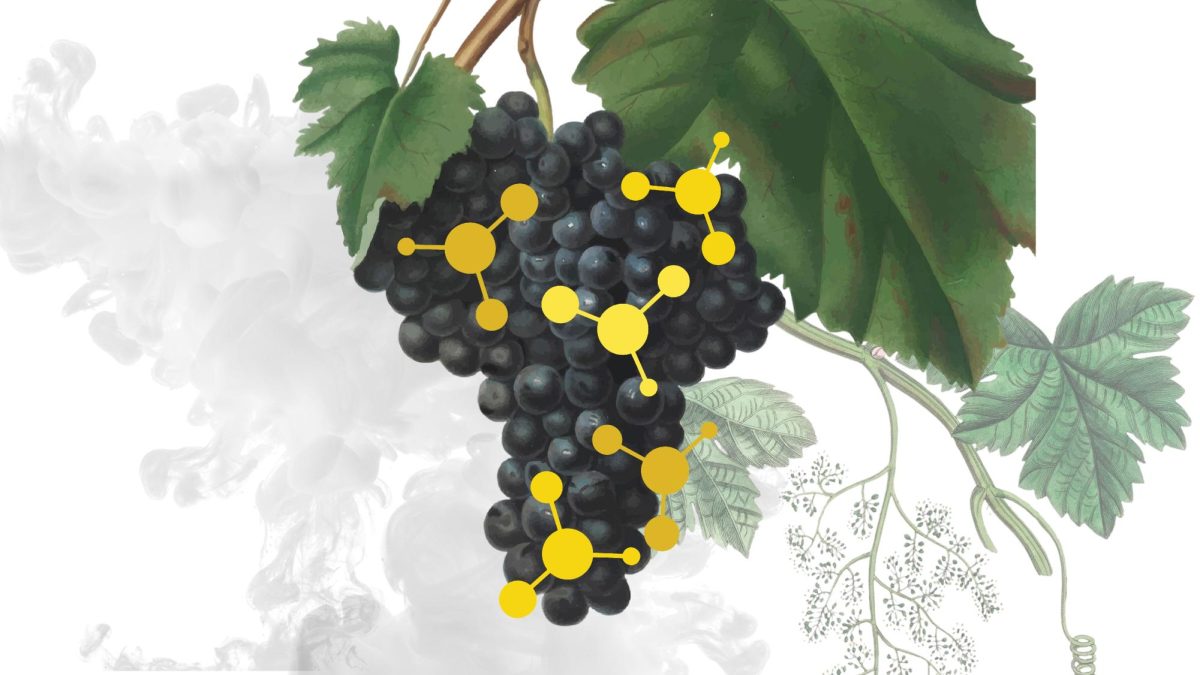Like water, carbon goes through a global cycle. Although it is less obvious than puddles evaporating into the air and collecting as clouds overhead, the carbon cycle regulates just as many critical resources.
Carbon, in the gaseous form of carbon dioxide, is released by animals and combustion then captured by plants to grow. When animals eat those plants, they too, consume that carbon and, when they die, the carbon is slowly released.
This is an oversimplification of a complex and intricate system that regulates one of the most important ingredients to life, but it’s enough to understand the concept of carbon neutrality – a goal Oregon State University hopes to reach by 2025; or soon thereafter.
Carbon neutrality – or net-zero emissions as it is sometimes called – is the idea of reducing one’s carbon emissions until they are equal or less than the emissions that get removed through the planet’s natural cycle.
OSU adopted their Carbon Commitment plan in 2009, which set out to achieve several goals and offered many solutions to reducing carbon emissions in order to reach neutrality in 2025.
As of now, OSU has reduced its carbon emissions by 23% of what they were in 2009, a far cry from the goals set in 2009 according to the OSU sustainability website. However, Brandon Trelstad, the Sustainability Officer for OSU, said this reduction has been made despite many hindrances and obstacles.
“Funding is always one of them.” Trelstad said, “We don’t want to raise tuition just to do this, that’s not the correct strategy.”
Trelstad, one of the leaders in a small team dedicated to implementing sustainability strategies at OSU known as the Sustainability Office, was one of the main architects for the 2009 Climate Action Plan.
Alongside the big issue of funding, student enrollment has continued to increase at OSU, leading to more resource demand. More buildings, the electricity, construction, heating and use of, which all incur carbon costs, is a central part of the plan to reduce emissions according to the Climate Action Plan website.
“When I talk about this to classes and others, the takeaway message I send is that really 75% to 80% of OSU emissions that we’re required to measure and reduce come from our buildings,” Trelstad said.
Older buildings, like the Women’s Building (built in 1926-27) and Waldo hall (built in 1907), use less efficient forms of heat and cooling. However, the newer buildings on campus have heating and cooling systems designed to conserve the most energy possible, all the way down to the actual architecture of the building.
“Efficiency is really where most of the action is,” Trelstad said. “And it’s where we’re going to keep our costs down as well.”
These newer buildings have less carbon emissions than the older ones, so in addition to making sure the new construction projects on campus are using the best available technologies to conserve energy, Trelstad and the Sustainability Office have been working to reduce emissions in the older buildings.
“That doesn’t mean replacing them completely. Oftentimes, it’s updating and upgrading small components like sensors,” Trelstad said.
The light sensors, that sense when someone is walking around in a room and turn on the light (or turn them off, if you’ve been sitting still for too long) is one example. Computerized sensors manage the heating and cooling in the buildings work on timers, and temperature gauges designed to only come on during the hottest or coldest parts of the day, or when the temperature reaches a certain threshold.
But sometimes these technologies fail, in which case reporting the problem and fixing it is important. Other times, human error thwarts them and tips the carbon neutrality scale out of favor.
“If the room is too hot, do not open the window. Call in, report the issue, then open the window, but close it when you leave,” Trelstad said, “During the ice storm, I was walking down Monroe and it was maybe 22 or 24 degrees out, and there were maybe 25 or 35 windows open on the side of Weniger Hall that face the parking lot.”
The problem with this being that the temperature sensors in the room were likely on for the duration of the ice storm, literally throwing energy out the window.
Of the buildings on campus, those with the largest carbon footprints are lab buildings. The Sustainability Office has started a program to get labs a Green Certification, but they are still some of the most carbon-intensive parts of campus.
Some labs have constant refrigeration, constant air control, high-power machines that run for hours and fume hoods, a ventilation system that traps and removes fumes from an area.
“A six-foot fume hood uses the same amount of energy as a typical, single family home, and we have hundreds of six-foot fume hoods.” Trelstad said, “So if we can just get people to close the stashes, it’s saving.”
These are simple things those who use the buildings on campus can do, but carbon neutrality is not as easy as closing a fume hood or a window.
“It’s the institutional barriers that can make carbon neutrality difficult at times,” said Ava Wright, fourth-year environmental sciences and sustainability major, as well as an intern in the Office of Sustainability.
A major part of Wright’s role in the Sustainability Office is organizing the Sustainability Council. According to Wright, the purpose of the council is to bring together different clubs, organizations, and individuals that are doing sustainability work around campus.
For Wright, reducing one’s carbon footprint (like closing fume hoods, taking public transportation) is important in helping achieve net-zero emissions, but so is the responsibility of OSU’s institutions.
“I think that as a student and as an intern, I want to see more done,” Wright said, “OSU claims that we’re a university that cares about sustainability and wants to see these things happen. I just hope that we can make this happen in a timely manner.”
Since the plan came out in 2009, a number of revisions have happened, as well as a number of programs (like the Green Certification) and groups (the Sustainability Council) to help achieve neutrality– but ultimately, achieving neutrality is a group effort.
“I think that the more students that get involved through the Sustainability Council or other clubs and organizations, and people who voiced their concerns, who take the opportunity to get involved with the university outreach to students and policy meetings, I think that’s where a lot of the push can count,” Wright said.

